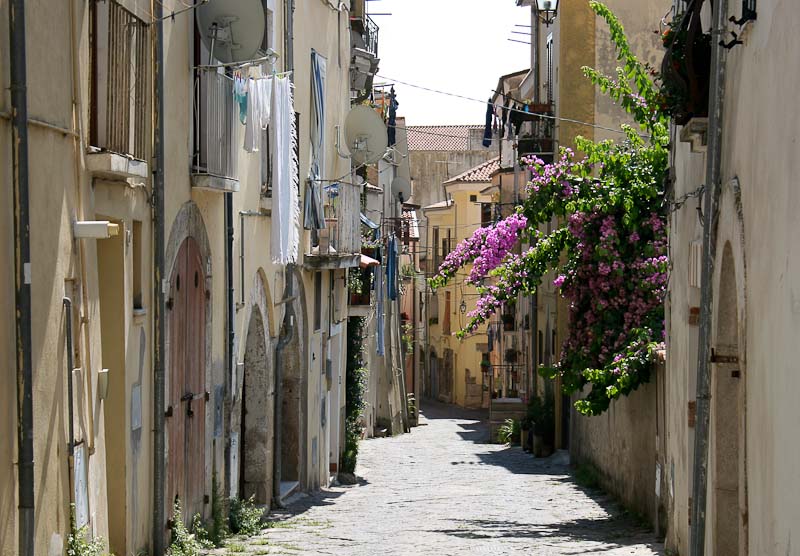If you are wondering what to do during a visit to Venafro, this article will inform you about things to do in Venafro Italy. Venafro, also known as Porta del Molise, is the fourth largest city in the region by population and also one of the most beautiful and characteristic. There are many points of view for tourists around the world. It was once annexed to Campania, with which it borders, the position just 61 kilometers from Caserta affects above all some linguistic-cultural characteristics. The village of Venafro is surrounded by walls and has its highest point in the Pandone Castle, of Lombard origin, which houses the National Museum of Molise, custodian of works of great historical value from the regional territory. Venafro is also known as the ” city of 33 churches “, due to the large number of religious buildings present in its territory, some of which are closed for worship and abandoned. In this article, you will read about beautiful things to do in Venafro Italy.
10 Beautiful Things to Do in Venafro Italy
1. Castle of Venafro
2. Archaeological Museum of Venafro
3. Liberty Building
4. Venafro Olive Tree Regional Park
5. Church of the Annunziata
6. Verlasce amphitheater
7. Venafro Olive Tree Historic Regional Park Authority
8. National Museum
9. Fraternal Fountain
10. Italian military shrine of Montelungo
Castle of Venafro
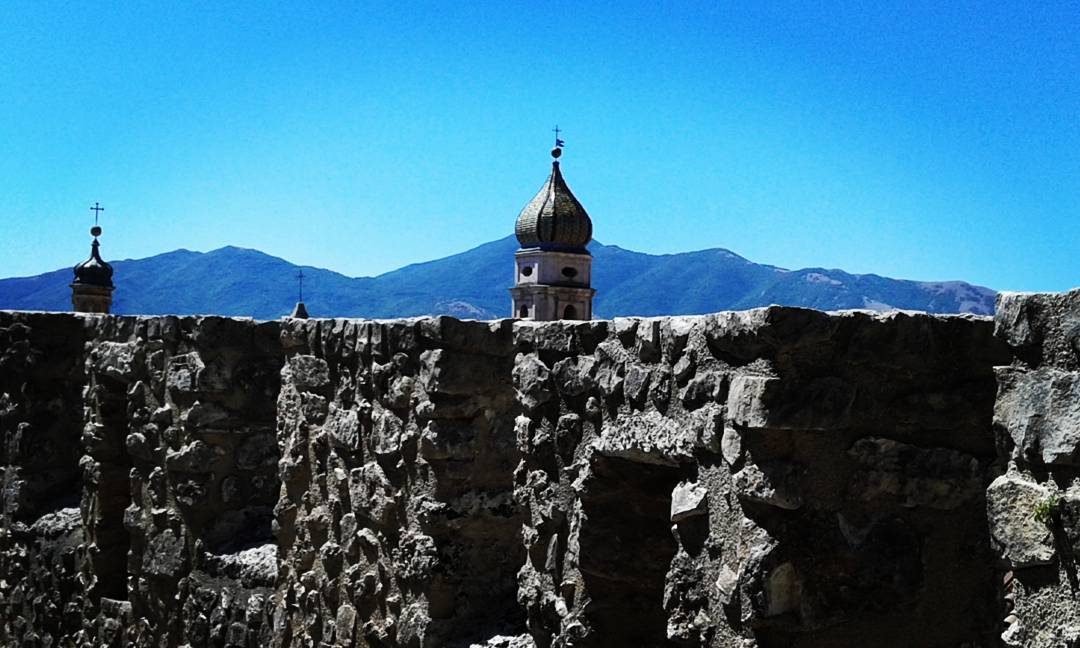
Entering the castle of Venafro is like taking a journey through the pictorial art of seventeen centuries. From the life-size frescoed horses of Count Enrico in the sixteenth century, to the collections of the National Museum between the early Christian and modern ages. Castello di Venafro takes its name from the Pandone family, the ancient owner of this medieval manor which was later transformed into a noble palace in the sixteenth century. In one wing of the castle it is possible to visit the rooms ennobled by Count Enrico Pandone between 1522 and 1527, with the original frescoes representing the horses he owned, or the ‘Noble Hall’ with the cycle of frescoes with a bucolic theme, also of the sixteenth century. This castle is one of the listed things to do in Venafro Italy.
Archaeological Museum of Venafro
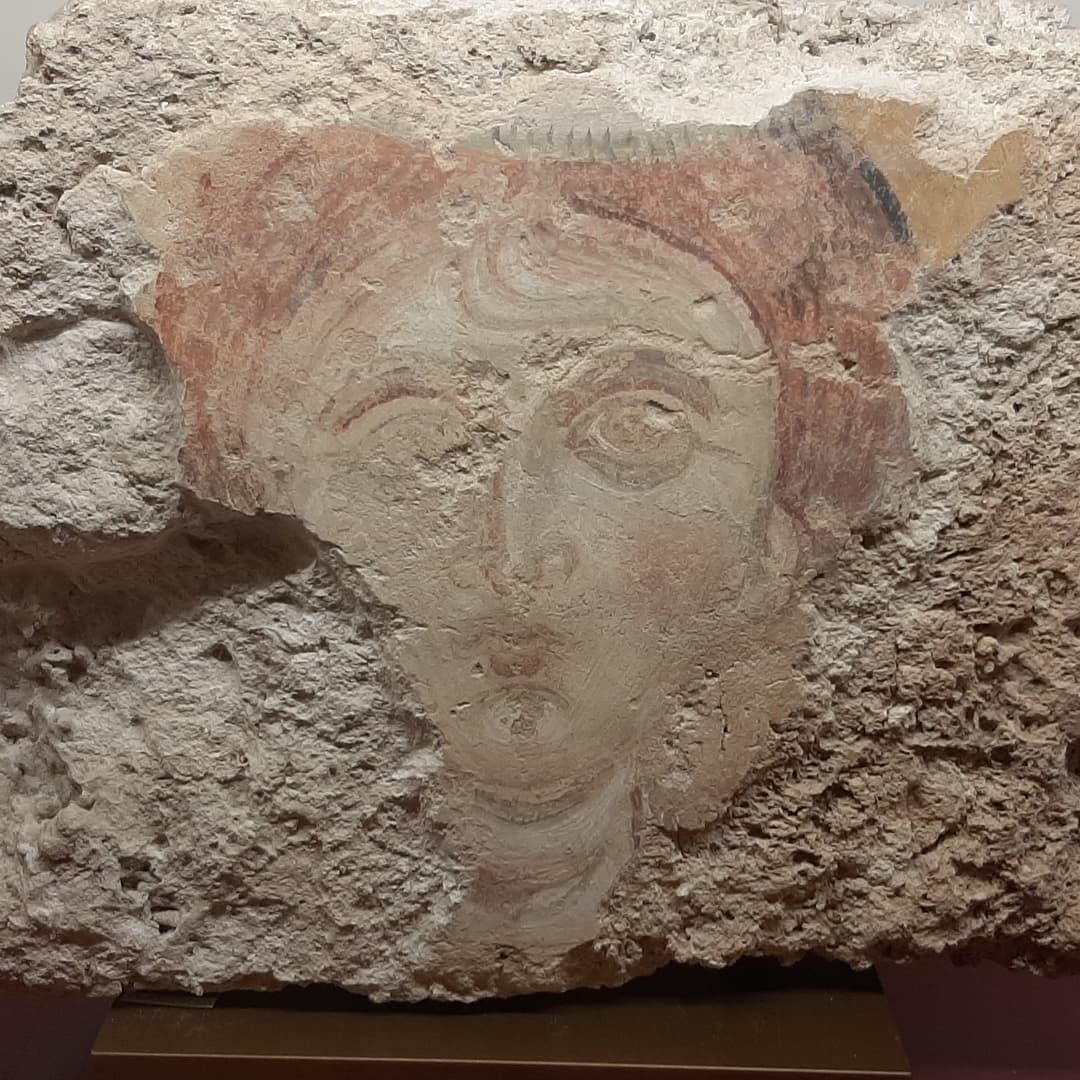
The Archaeological Museum of Venafro is housed inside the seventeenth-century monastery of S. Chiara, in the historic center of Venafro, where since 1931 the first nucleus of archaeological material had found its place, coming from the Baths of S. Aniello. In addition to the ancient collection, the museum preserves the findings from recent archaeological excavations, which have made it possible to learn more about the Samnite settlement and the city of the imperial age.
Liberty Building in Venafro
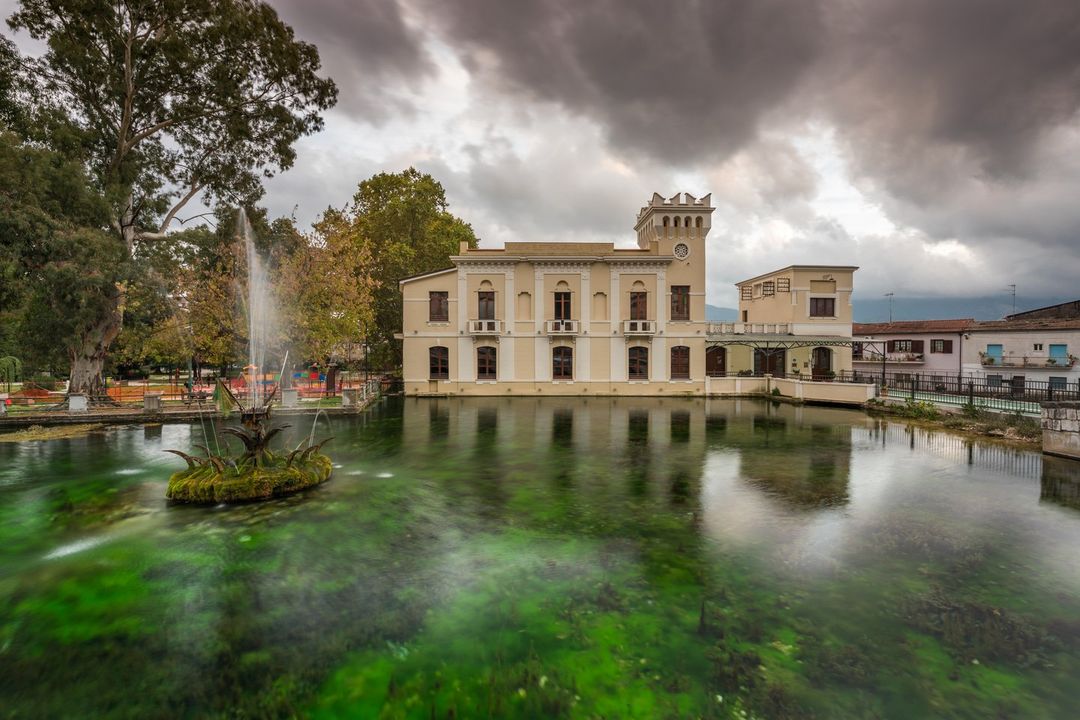
The Palazzina Liberty is among the most characteristic buildings of Venafro, designed by the engineer Gioacchino Luigi Mellucci, thanks to its architecture and location in the city lake, an integral part of the Town Hall. Originally it was one of the many mills present in this area of the city; it was later transformed into a power plant and then, after the war, a cinema. The Palazzina Building is one of the most important tourist spots in Venafro Italy.
Venafro Olive Tree Regional Park
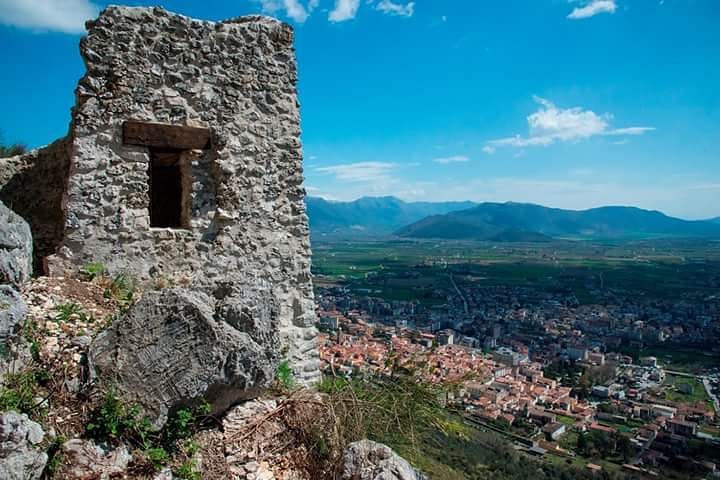
The Regional Olive Park of Venafro is the first protected area dedicated to the olive tree, the only one of its kind in the Mediterranean. Its establishment intends to promote and preserve the traditional olive growing which had glories and splendor in Venafro, so much so that the Romans considered the oil produced on site to be the most valuable in the ancient world. In fact, no place in the world cultivated with olive trees can boast similar traditions and literary quotations. The territory of the Regional Park has been included in the prestigious National Register of Historic Rural Landscapes, with Decree no. 6419 of 20 February 2018 of the Minister of Agricultural, Food, Forestry and Tourism Policies.
Church of the Annunziata
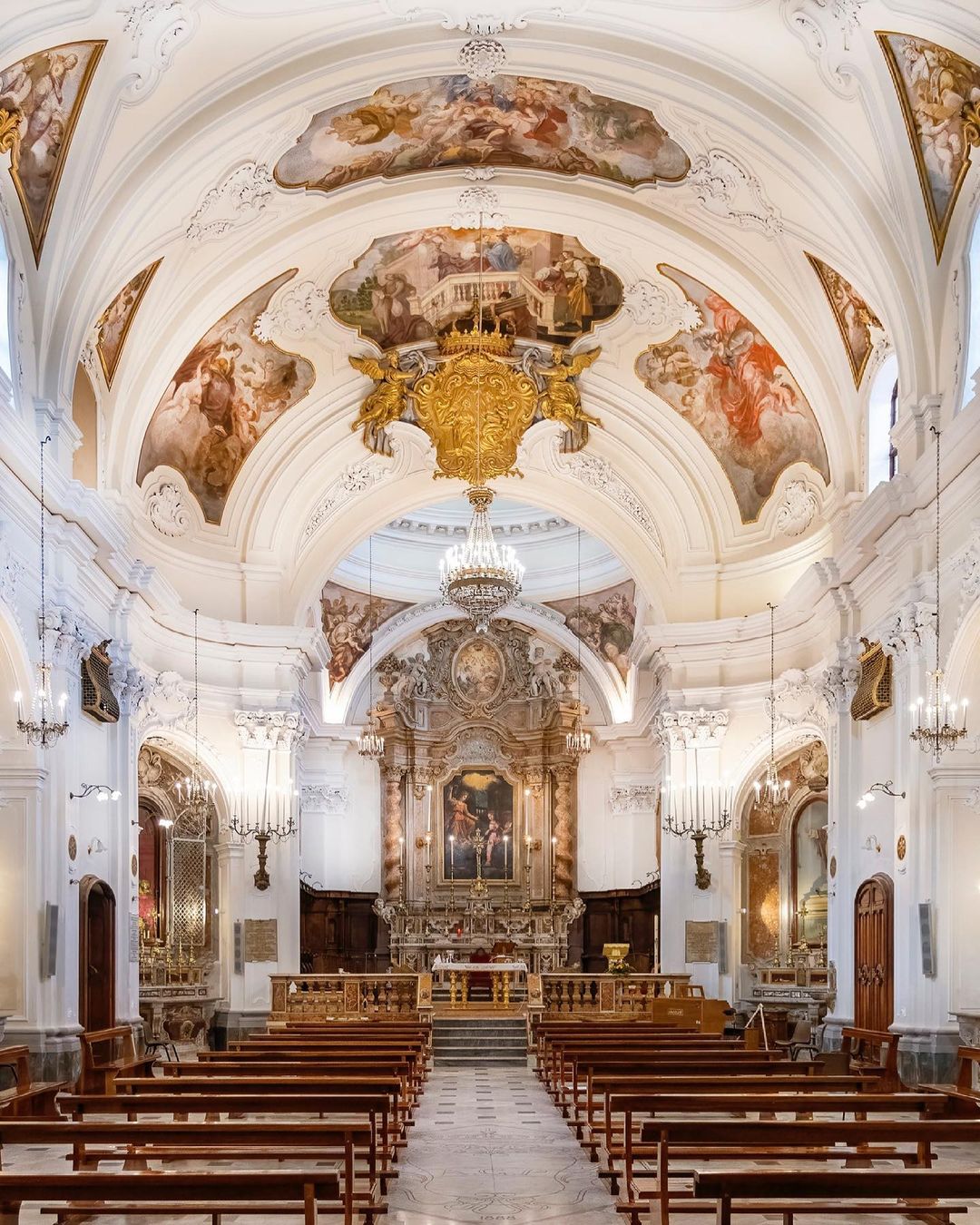
The plan is a basilica with a hall, covered by a lowered barrel vault, connected to a nail, and built with the cannula technique suspended from wooden trusses. The apsidal septum has a square plan cadenced by four arches surmounted by a high drum that supports the hemispherical dome. The sacristy has a trapezoidal plan surmounted by ribbed vaults. The oratory also has a trapezoidal plan surmounted by a barrel vault with lunettes.
Verlasce Amphitheater
The upper Volturno valley, bounded to the southeast by the Matese massif and to the east by the Mainarde, constitutes the westernmost sector of the Sannio Centro. The plain where Venafro stands constituted the preferential access route from Campania and Lazio, for which, since ancient times, the center served as an important strategic and commercial hub. The amphitheater of ancient Venafrum (the so-called Verlascio or Verlasce) was built during the 1st century AD immediately outside the city.
Venafro Olive Tree Historic Regional Park Authority
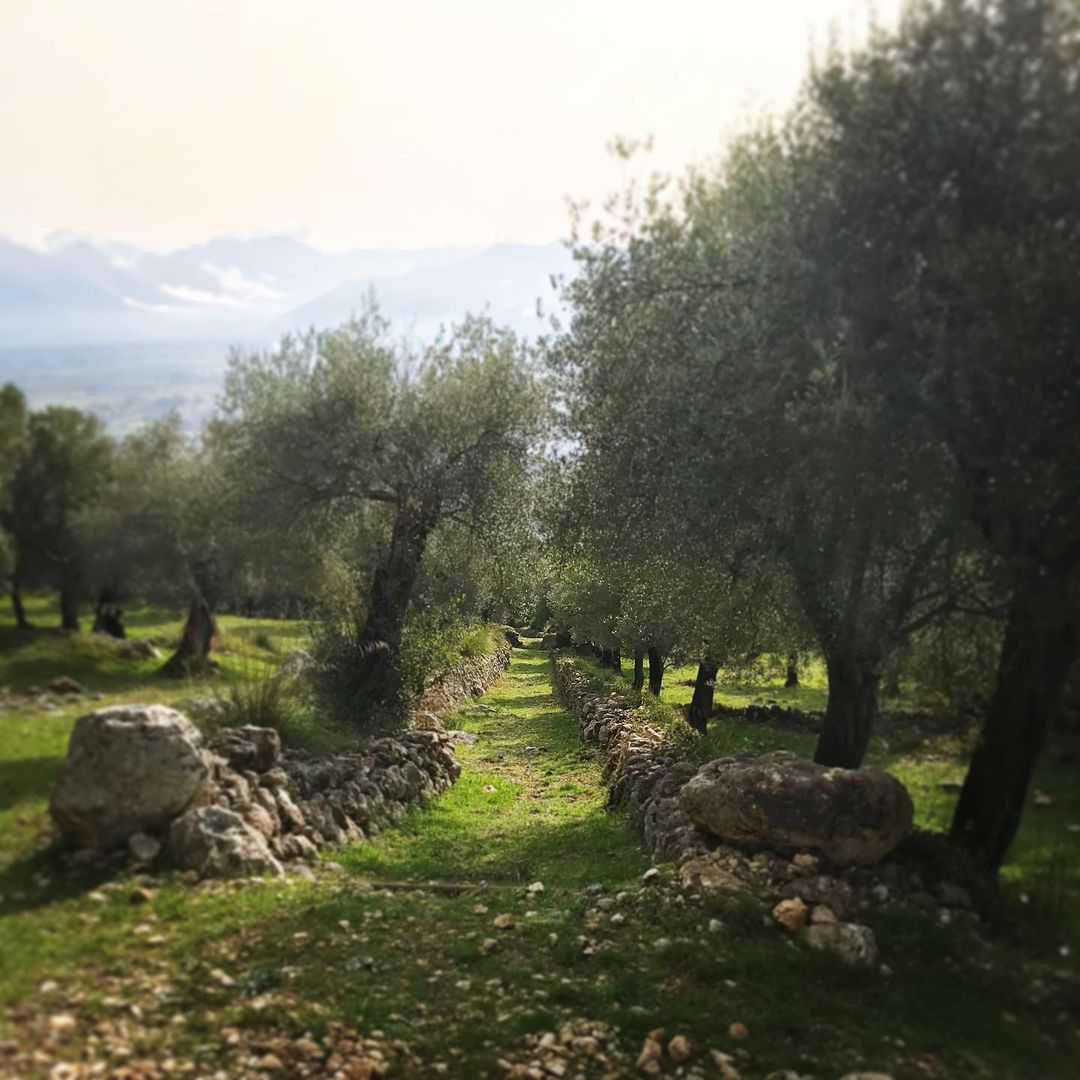
The Regional Olive Park of Venafro is the first protected area dedicated to the olive tree, the only one of its kind in the Mediterranean. Its establishment intends to promote and preserve the traditional olive growing which had glories and splendor in Venafro, so much so that the Romans considered the oil produced on site to be the most valuable in the ancient world. In fact, no place in the world cultivated with olive trees can boast similar traditions and literary quotations. The Park is also an opportunity for redemption for an area penalized in recent decades by neglect and abandonment, despite its landscape, naturalistic and historical qualities.
National Museum of Venafro
The Museum was inaugurated in December 2008. It is located in Piazza San Nicola located in the old town destroyed during the Second World War. San Pietro Finally was razed to the ground by the bombs of the allied forces and rebuilt further downstream. The Museum was organized in an old oil mill restored by the Municipal Administration and set up by Carlo Rambaldi’s Officina Rambaldi. The location of this building with respect to Piazza San Nicola is of great perspective and environmental value, in fact the visitor who approaches has the sensation of a contained and not very emerging dimension that completes the stone facade of the adjacent building.
Fraternal Fountain in Venafro

The “Fraternal fountain” is a public fountain, as well as a symbol of the city of Isernia. Counted by the Treccani Encyclopaedia as one of the most beautiful in Italy, with six water jets, with the unusual shapes of a loggia, made with blocks of compact limestone, it is one of the most significant and most important works of the pentro municipality.
Italian military shrine of Montelungo
The military memorial is located along the Via Casilina, about 2 km from the town of Mignano Montelungo (Caserta), on the border with Lazio and Molise. On the eastern slopes of Monte Lungo, the first battles of the regular Italian units in the war of liberation against the Germans took place on 8 and 16 December 1943. The Shrine contains the remains of 974 fallen soldiers from the war of liberation from the old war cemetery of Monte Lungo and from the various military cemeteries scattered along the peninsula.

